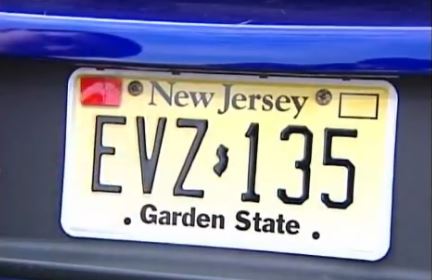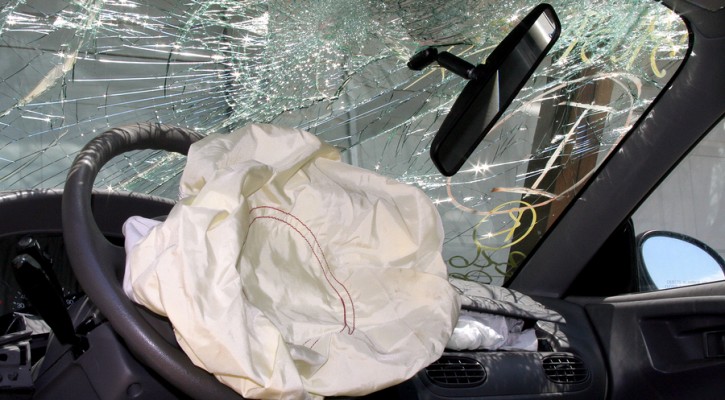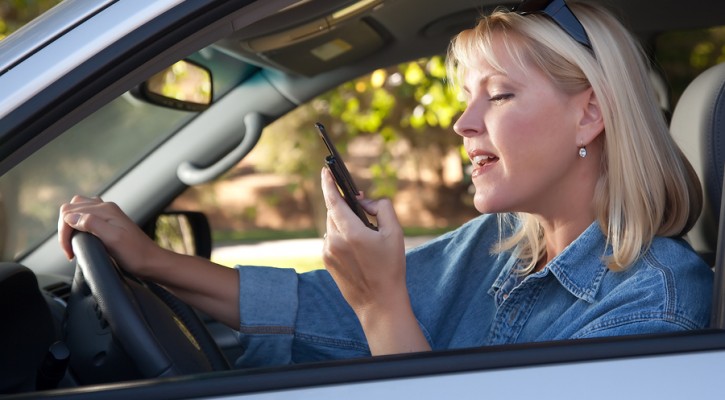Category Archive: Parents

Parents Are Aware Of Alcohol Use At Teen Parties
December 17, 2014
A new study shows that most parents are aware of alcohol use at teen parties hosted in their homes. This disturbing fact came to light in a study printed in The Journal of Primary Prevention. The researchers gathered their data through phone interviews of 1,121 teens in 50 mid-size California cities over a two year period.
The good news from the study is that most of the teens interviewed hadn’t hosted a party where alcohol was used. However, among those that had hosted a party during the previous twelve months, thirty nine percent reported that there was alcohol at their last party. The alcohol was supplied by multiple sources. Continue Reading

More Evidence Supports Later School Start Times
November 19, 2014
Another study has been published showing that later start times for high schools can reduce teen crashes. The study, conducted by the Eastern Virginia Medical School followed another, earlier study conducted in 2011 that looked at teen crash rates in two Virginia school districts with different high school start times.
The latest study looked at teen crash rates in Virginia’s Chesterfield and Henrico counties. After determining that there were no discernible differences in the adult crash rate between the two counties, the researchers compared the teen crash rates for the two counties. The researchers found that the crash rate for teens in Chesterfield county where school begins at 7:20 AM was significantly higher than the teen crash rate in Henrico county where school begins almost one and a half hours later at 8:45.
These findings agree with earlier, similar studies that led the American Academy of Pediatrics to issue a policy statement last August calling on school districts across the nation to adjust their high school start times no earlier than 8:30. According to the Academy statement, teen sleep rhythms naturally shift and it’s nearly impossible for teens to get to sleep earlier than 10:30 PM. Developing teens also need more sleep than adults. When schools start too early, it’s impossible for teens to get the needed amount of sleep leaving them fatigued and at risk when they drive. Other studies also point to a correlation between later start times and higher standardized test scores for teens.
All of the research points in the same direction. Later school start times for teens can save lives. School boards and administrators in districts where school starts earlier than 8:30 AM need to be made aware of this data and should be urged to move the start times to later in the morning.
For more information, read: Research reinforces link between increase in teen driver crashes and early high school start times

Red Decals For Teen Drivers Reduce Crashes
November 12, 2014
Red decals used to identify teen probationary drivers in New Jersey have significantly reduced involvement in motor vehicle crashes according to a study conducted by the Children’s Hospital of Philadelphia (CHOP). In 2010, New Jersey enacted “Kyleigh’s Law,” an act that required all 16 to 20 year old drivers who hold a learner’s permit or intermediate license to display a red decal on the front and back license plates of any vehicle they drive.
New Jersey has some of the most comprehensive Graduated Driver License (GDL) laws in the nation and the intent of the act was to aid police in the enforcement of the GDL laws . While other industrialized nations have used some sort of identifying marks for teen drivers for quite some time, New Jersey was the first state in the US to implement such a law
In the first study on the law’s effect, CHOP compared teen crash statistics from the four years before the enactment of Kyleigh’s Law with crash statistics for the two years after. After eliminating factors such as gender, age, gas prices, month of the year, and crash trends among older drivers, CHOP determined that the presence of the red decals led to an overall reduction of 9.5 percent in the crash rate among teen drivers.
Even more significant was a reduction in the cash rate among older teens with a reduction of 13 percent per year for 18-year-olds and nearly 17 percent for 19-year-olds. In the years prior to enactment of the law, there was no significant reduction in crash rates for those two age groups.
According to the CHOP researchers, an estimated 3,197 fewer intermediate drivers were involved in motor vehicle crashes after enactment of the law.
The red decals not only aid law enforcement in identifying GDL license holders but the teen drivers themselves, with essentially a red target on their back, tend to drive more safely to avoid attention. If it leads to crash reduction rates like those identified in the study and saves lives, it’s worth it. Read more: New Jersey’s Teen Driver Decals Show Sustained Link with Fewer Crashes
Photo: www.state.nj.us

When Teen Crashes Hit Close To Home
October 30, 2014
I’ve been writing articles on teen crashes and teen driving safety for years and, quite frankly, it’s becoming more and more difficult to come up with something new and fresh when the teens keep killing themselves the same way month after month.
Last week the issue hit close to home when one of my Grandson’s close friends was killed in a car crash. The details were sketchy because the crash is still being investigated but, according to the newspaper account, he applied his brakes when another vehicle entered the road, the passenger side wheels left the roadway and it appears he over-corrected. His vehicle flipped approximately four or five times and, because he wasn’t wearing a seat belt, he was ejected from the vehicle. He was taken to a nearby hospital where he was pronounced dead.
His passengers who were wearing seat belts weren’t seriously injured and were cleared at the scene.
In August, in the “Ask the Driving School Instructor” column, I answered a question on the most common type of car crash experienced by teens. In that column I wrote that the most common type of fatal teen crashes, according to all the news reports I read, involved teen drivers who:
- were either distracted, speeding, or both;
- veered off the road;
- over-corrected, sending their vehicle into a spin or tumbling over; and
- weren’t wearing a seat belt.
The tragic thing about this and all the other crashes that kill more than five teen drivers a day is that they were so easily preventable.
Teens need to be taught how to safely recover if their vehicle leaves the side of the road. The natural instinct is to jerk the steering wheel back toward the roadway (over-correct) but, at high speeds, that can cause the vehicle to spin out or flip over. If young drivers find themselves in that position, they should be taught not to give into that natural instinct to jerk the wheel back toward the road. Instead, they should grip the wheel, watch where they’re going and slow the vehicle down. After slowing to a safe speed and checking that the roadway is clear, they can then turn the wheel to reenter the road.
Most important of all, teens need to learn the importance of wearing a seat belt. Among the 16 to 20 year old age group, 55 percent of the vehicle occupants who were killed in teen crashes in 2012 weren’t wearing a seat belt. No matter how bad the crash may be, you’re always better off and have a far greater chance of surviving a crash if you’re properly buckled into your seat belt and shoulder harness. Had he been wearing his seat belt, he may have walked away from the crash with his friends. If this young man’s grieving friends take anything else away from this crash, hopefully they will learn to always wear a seat belt.
There’s no such thing as a car accident! Accidents are something we have no control over. Car crashes happen when one or more drivers make a bad choice that leads to tragic consequences. Even if you can’t avoid a crash, you can still make the right choices to survive it.

Parents Text More Than Teens
October 16, 2014
Parents text more than teen drivers according to a newly released study sponsored by Straight Talk’s Safe Driver Initiative. The results of a poll of 1,000 licensed teens conducted by KRC Research revealed, among other things, that thirty-three percent of parents text as compared to twenty-four percent of teens.
Among their other findings
- Almost one-third of respondents admitted that they nearly were in a crash as a result of texting while driving in the past year.
- Forty-two percent of respondents said they were more likely to admit to pointing out others texting while driving than were likely to admit doing it themselves.
- For parents, texting and driving is the third most significant worry behind academic achievement and alcohol and drug use; and 88 percent of parents have had a frank discussion with their teens about texting and driving.
- More teens have had a frank discussion around texting and driving with their parents (74 percent) than have had discussions about teenage drinking (73 percent), drug use (71 percent), or sexual health (61 percent).
We wrote about the “Do as I say, not as I do!” phenomenon as far back as 2007. Teens look to their parents as their biggest influence and, when learning to drive, if they see their parents act in a way that, at the time, seems to have no negative consequences, the teen is more likely to follow that example.
Research has shown that more than eighty percent of crashes involved driver distraction within two or three seconds of the crash. If they want their teens to drive safely, parents need to put down the phone and be the role model for safe driving.
To learn more about the study, visit: Do As I Say, Not As I Do When It Comes To Texting And Driving
